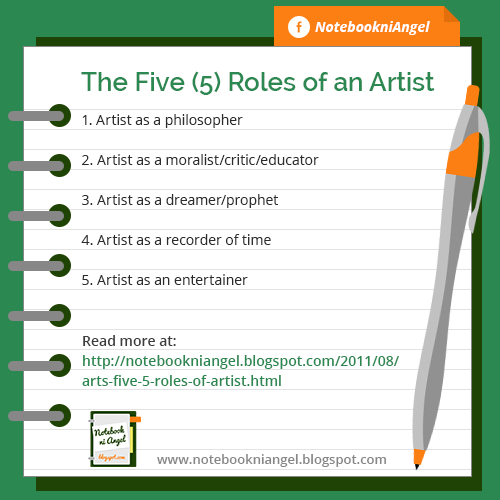Biology: The Lobes of the Brain

The lobes of the brain are the parts of the cerebrum.
1. Frontal lobe (front)
In the human brain, the precentral gyrus and the related costical tissue that folds into the central sulcus comprise the primary motor cortex whic controls voluntary movements of specific body parts associated with areas of the gyrus.
2. Occipital lobe (back)
The smalles of four lobes of the brain, the occipital lobe is located in the rearmost portion of the skull. The first functional area is the primary visual cortex. It contains a low-level description of the local orientation, spatial-frequency and color properties within small receptive fields. Primary visual cortex projects to the occipital areas of the ventral stream (visual area 2 and visual area 4) and the occipital areas of the dorsal stream - visual area V3, visual area MT (v5) an visual area DP.
3. Parietal lobe (top)
The parietal lobe integrates sensory information from different modalities, particularly determining spatial sense and navigation. Example: It comprises somatosensory cortex and the dorsal strem of the visual system. This enables regions of the parietal cortex to map objects perceived visually into body coordinate positions.
4. Temporal lobe (below)
Temporal lobe is the part of cerebrum that are involved in speech, memory and hearing. It lies at the sides of the brain beneath the lateral or Slyvian fissure. Seen in profile view, the human brain looks something like a boxing glove. The temporal lobe is where the thumbs would be. The temporal lobe is involved in auditory processing and is home to the prmary auditory cortex. It is also heavily involved in semantics both in speeach and vision. The temporal lobe contains the hippocampus and is therefore involved in memory formation as well.



Comments
Post a Comment